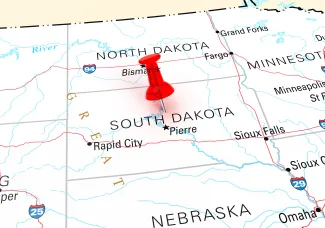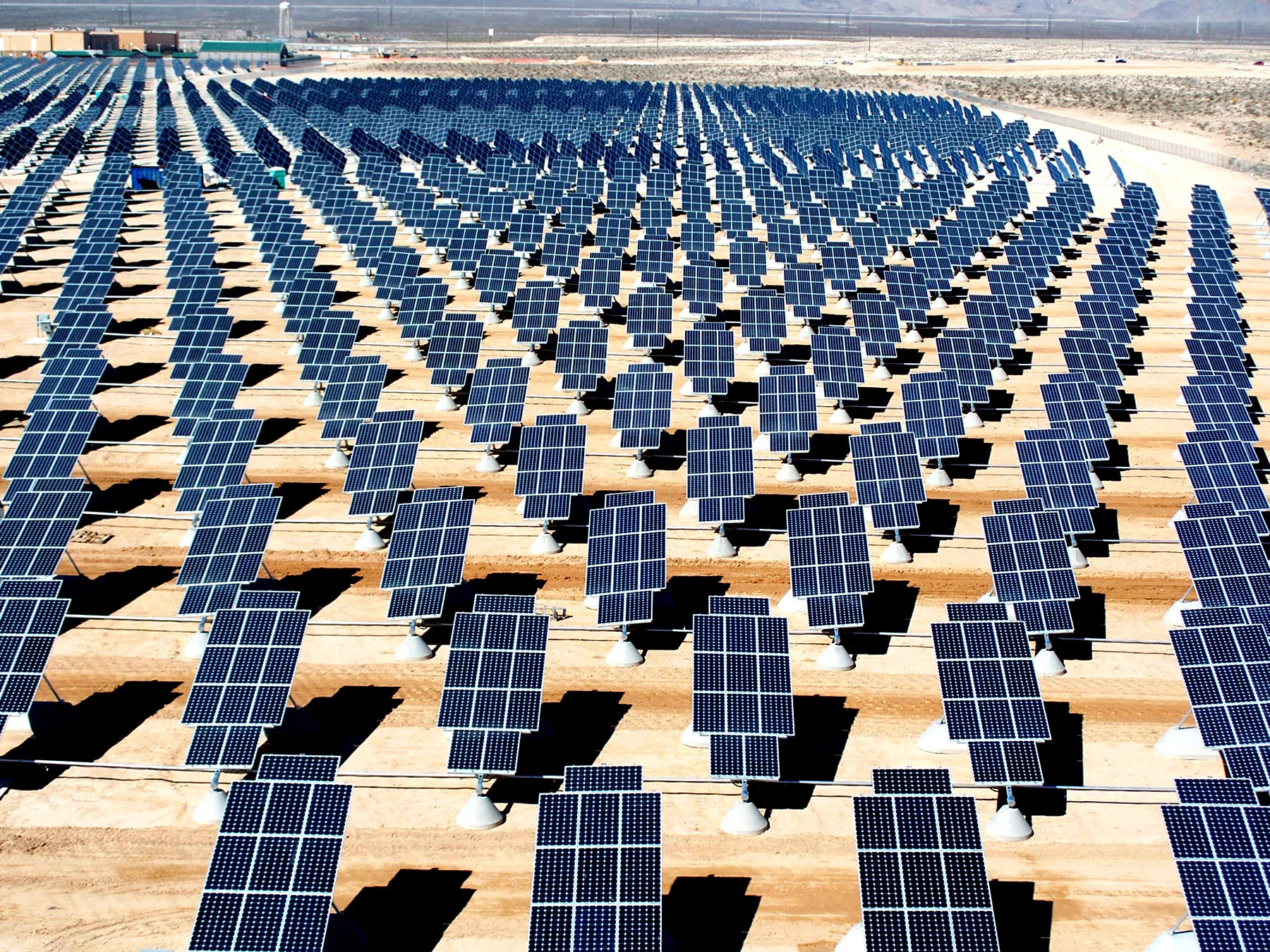
South Dakota data show wind sector to lead job growth in coming decade
Click play to listen to this article.
(Greater Dakota News Service) Projections of South Dakota's job growth could lead to more degrees from technical colleges, which are seeing increased enrollment.
Occupational employment levels in South Dakota are expected to grow 7.7 percent through 2032, according to new data from the state, more than twice the projected national rate of 2.8 percent. The two occupations with the highest expected growth, at over 56 percent each, are nurse practitioners and wind-turbine service technicians.

Melodee Lane, director of the Labor Market Information Center for the South Dakota Department of Labor and Regulation, said the projections "reflect historical growth patterns."
"The big driving force between the occupational projections, the starting point is to project employment at an industry level," Lane explained. "Industry growth plays a large role."
Utilities-related jobs -- supported by a rise in electric vehicles, data centers and shifts toward renewable energy -- are expected to grow nationally at 0.6 percent. Several South Dakota technical colleges offer wind-service technician programs. Enrollment in the state's four technical colleges is at a five-year high, with nearly 75,000 students.
Other occupations with big projected growth in South Dakota are data scientists, information security analysts, physician assistants and physical therapist assistants. Lane pointed out it tracks with other cultural and demographic changes in the state.
"Such factors as consumer demand, growth of e-commerce, population growth, especially in the state's more urban areas," Lane outlined. "The needs of an aging population is a big one."
Nationally, an aging population and a higher prevalence of chronic health conditions is expected to drive the highest industry growth in health care and social assistance.

















